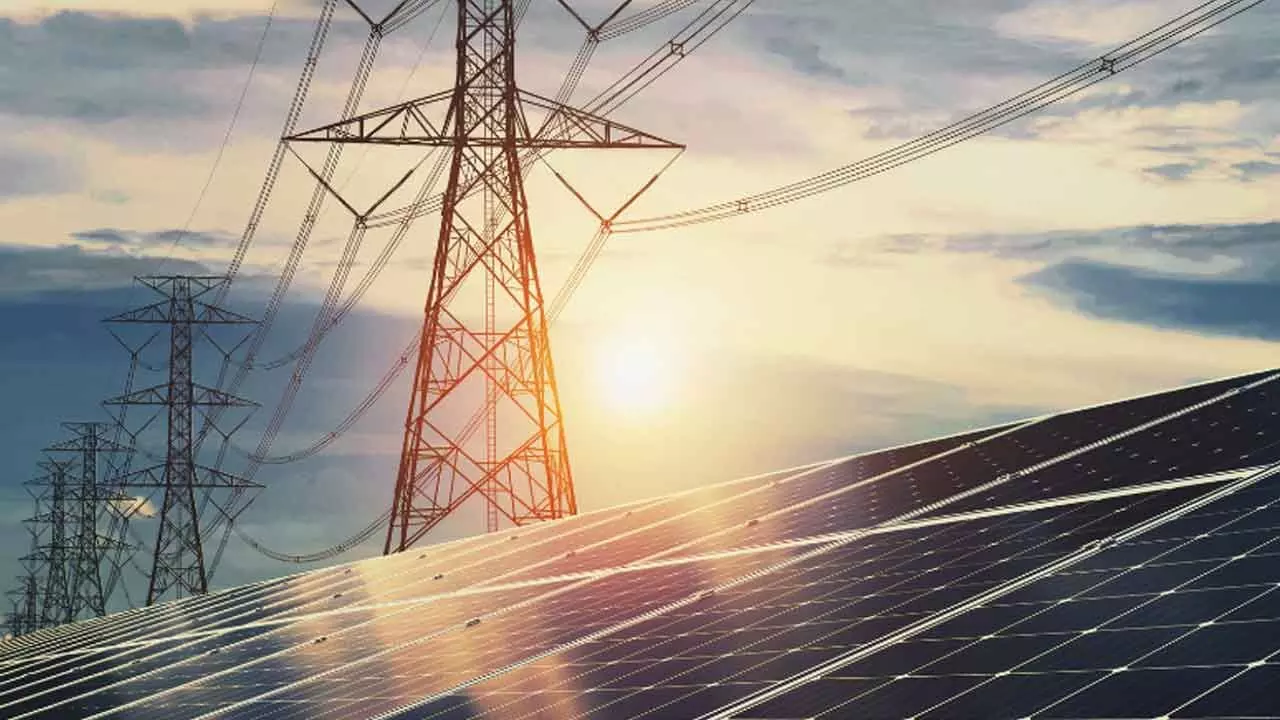Component supply and solar grid connectivity must to achieve 280 GW by 2030
Component supply and solar grid connectivity must to achieve 280 GW by 2030

As with the dawn of a day that beckons freshness and raises hopes, 2024 is shaping up to be a breakout year for India's solar industry if one goes by the impressive first half performance. In the first half (1H) of the calendar year (CY) 2024, solar projects totalling 14.9 GW were added in India, an increase of 282 per cent compared to 1H 2023. The commissioning of several previously delayed projects contributed to capacity additions in the year's first half. In 1H 2024, India added 20.8 GW of new power capacity. Renewable sources, including large hydro, accounted for more than 81 per cent; solar alone accounted for over 71 per cent of the new capacity additions. As of June, the country’s cumulative installed solar capacity stood at 87.2 GW. Utility-scale projects accounted for nearly 87 per cent, while rooftop solar accounted for over 13 per cent of the cumulative installations. Solar energy accounted for 19.5 per cent of the installed power capacity and over 44 per cent of the total installed renewable energy capacity, going by a recent study conducted by Mercom India Research.
Interestingly, five GW of solar capacity was commissioned in the second quarter. Installations dropped over 49 per cent, quarter-over-quarter (QoQ) compared to 9.9 GW installed in Q1 2024. Capacity additions rose 170 per cent year-over-year (YoY) compared to 1.8 GW in Q2 2023. The commissioning of several previously delayed projects contributed to capacity additions in the year's first half. It is pertinent to mention that during Q2 2024, approximately 4.3 GW of large-scale solar projects were commissioned, including nearly 1.8 GW of open access solar projects. Meanwhile, large-scale solar capacity additions fell more than 55 per cent QoQ compared to 9.5 GW in Q1 2024 and rose by over 191 per cent YoY compared to 1.5 GW in Q2 2023. Rajasthan, Gujarat and Karnataka led among the states in terms of large-scale solar capacity additions for the quarter, accounting for 30 per cent, 22 per cent, and 21 per cent of installations, respectively.
One must also keep in mind that delays in project execution and completion due to grid connectivity and transmission infrastructure issues had also significantly affected quarterly additions for large-scale solar projects. The reimposition of the Approved List of Models and Manufacturers (ALMM) order further impacted the viability and commissioning of several open access projects, contributing to substantial delays during the quarter. As of June, the top 10 states accounted for over 94 per cent of cumulative large-scale solar installations. India's large-scale solar project pipeline stood at 146 GW, with another 104 GW of projects tendered and pending auction. The rosy picture notwithstanding, one must remember that to ensure that the strong pipeline of the projects and ramped-up tender activity translate into timely installations, it is critical that we tackle the component supply and grid connectivity challenges on a priority basis so that nation can meet the 280 GW target by 2030.

